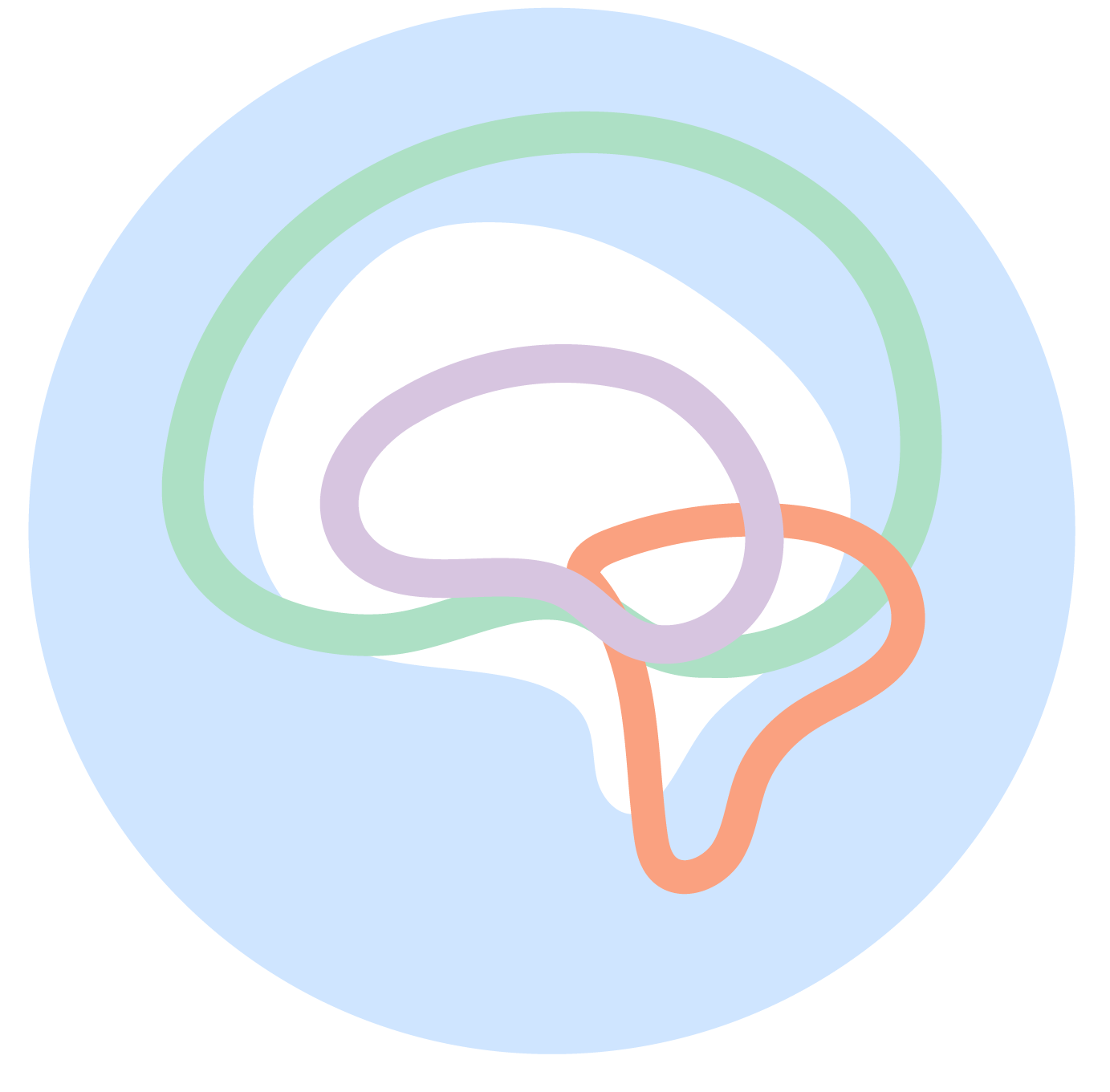Music and Mental Health
Music is a lovely form of art seen in every part of the world. It can convey feelings, ideas, and stories from generations long before the radio was invented. With how universal music appears, researchers have thought about what functionality this form of art has on people throughout their everyday lives. So, what exactly can music do?
Music can help reduce anxiety
Through your own experience, you have listened to music for a variety of reasons. Perhaps you were finding the intro to that beloved cartoon that you loved as a kid, maybe you are trying to get a piece of pop music out of your head, or maybe you are trying to find a genre of music that will help you study. One reason people are naturally inclined to listen to music is that it helps them relax.
One study suggests that after going through music therapy, states of anxiety can get reduced by up to around 60%. Music is said to regulate emotions in many ways. Escaping feelings, validating emotions, and releasing anxiety, energy, or anger are popular ways of using music to control oneself.
To illustrate this, researchers in the U.K. have been trying to find what types of music create the greatest sense of relaxation. A band by the name of Macaroni Union worked alongside these sound therapists to carefully organize the different musical components of a song in order to create what scientists call the most relaxing piece of music. In fact, this song is so effective that the lead researcher has advised not to listen to it while driving because many of the female participants became drowsy after listening to it.
The song is called Weightless by Macaroni Union and if you would like to listen to it, I would suggest taking the time to listen to all 8 minutes of it at once to get the full effect. And remember, don’t drive while doing so!
Genres of music may be indicative of emotional vulnerability
There has been some debate about whether music like heavy metal, violent rap, or other genres of that nature inspire antisocial behavior, suicidal ideation, and drug use or merely indicate the types of individuals that are going through such behavior.
It turns out to be the latter. Studies reject that music is a causal factor and instead suggest that genre preference is an indicator of emotional vulnerability.
Researchers have been able to provide rather consistent generalizations for groups of people that enjoy specific genres of music.
A few examples are listed below:
Heavy metal has correlations with people that are aggressive, assertive, pessimistic, over-sensitive, and discontent
Popular music has correlations with people that are overly responsible, role-conscious, conforming, and struggling with issues like sexuality and peer acceptance
Non-violent rap music listeners tended to elicit higher depression scores while violent rap music listeners tended to have angrier responses compared to heavy metal
Psychoticism scores were associated with Jazz and R&B
Extraversion scores were associated with rap and hip-hop
The tendency seems to be that a person will try and find something that can help ease the tragedy of their vulnerability and so they subconsciously pick a music genre that helps them feel better in whatever way that happens to be. Looking at this list, it might seem very easy to categorize your friends and family based on what they listen to. But be warned, these are generalizations so of course, the individual might not match these descriptions exactly if at all.
How music therapy seems to work
There are two primary methods of using music therapy to help with mental conditions.
The first method is referred to as receptive music therapy. This is a passive form of music therapy in which the participant doesn’t play instruments or respond to too many questions but instead is taken on an experience in which they relax and listen to the sounds coming from the various instruments.
The second method is referred to as active music therapy. This form does involve the participant playing instruments alongside the researcher. If the participant prefers to use their voice to complement the music, singing is absolutely encouraged.
One example of active music therapy is what’s called a drumming intervention. Drumming is a non-verbal form of communication in which a connection with life can be made through rhythm.
The drumming seen between a participant and the researcher is a grounding experience that generates energy as well as expels it. Feelings of belonging, acceptance, safety, and the rise of new social interactions are all enhanced through the rhythm of the drums.
Here, mistakes are merely spots of improvisation, and musical freedom is encouraged. The support of the music facilitator is there at all times to aid the learning process.
So what does this all mean?
Music helps regulate the part of ourselves we otherwise have issues dealing with and it helps facilitate social connection.
Sharing pieces of music and singing along to some of our favorite songs is sometimes the emotional boost we need to get through the day. Sharing the music we love with family, friends, or even strangers we just met can help strengthen those bonds and provide a sense of belonging within a group. So remember, the next time you are out with your friends and humming a tune, you are actually strengthening the bonds within that group.
“Without music, life would be a mistake” - Friedrich Nietzche

